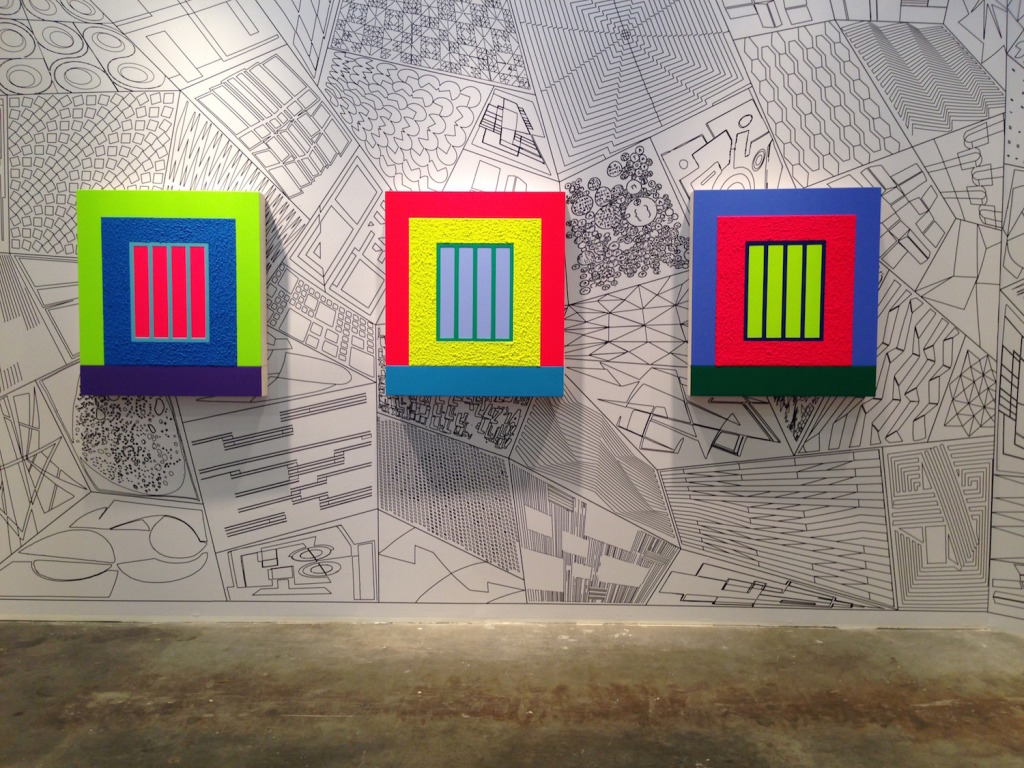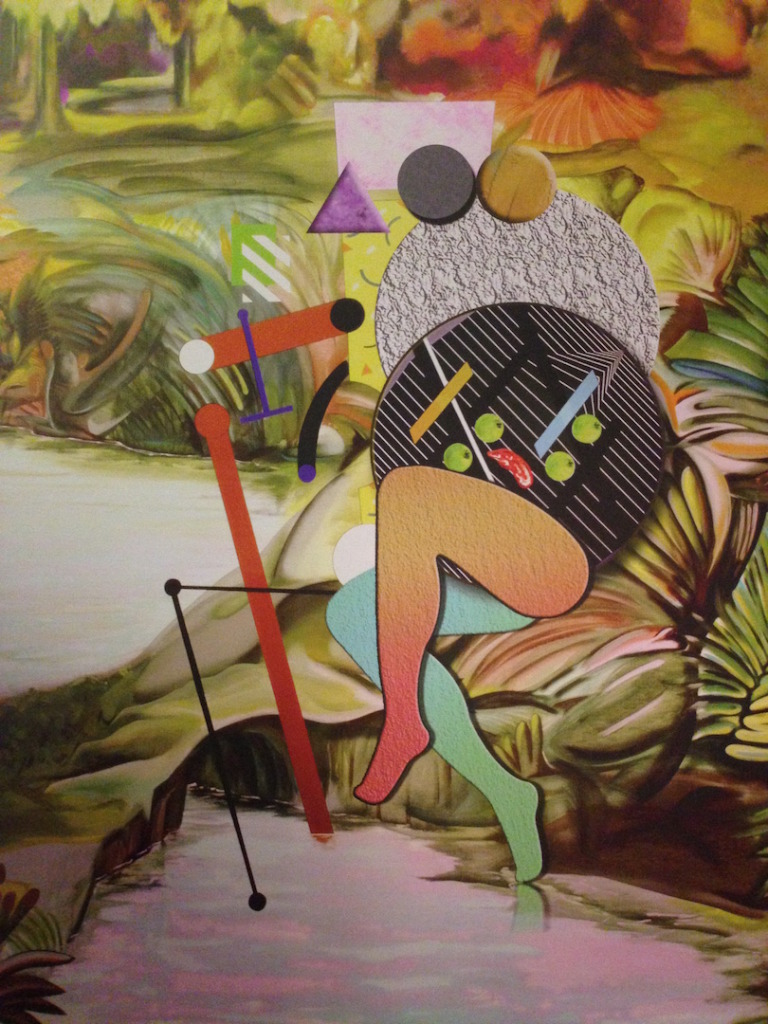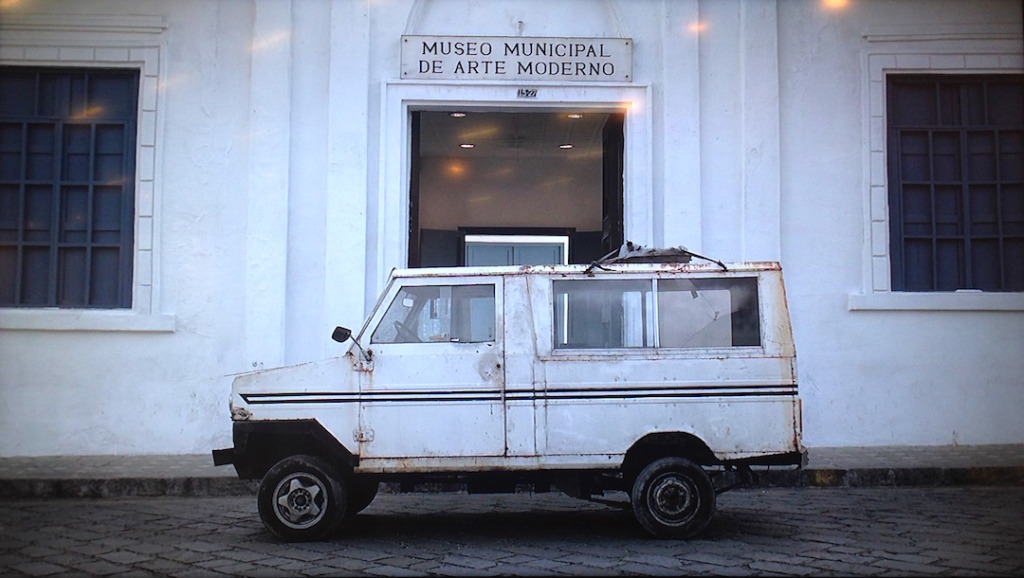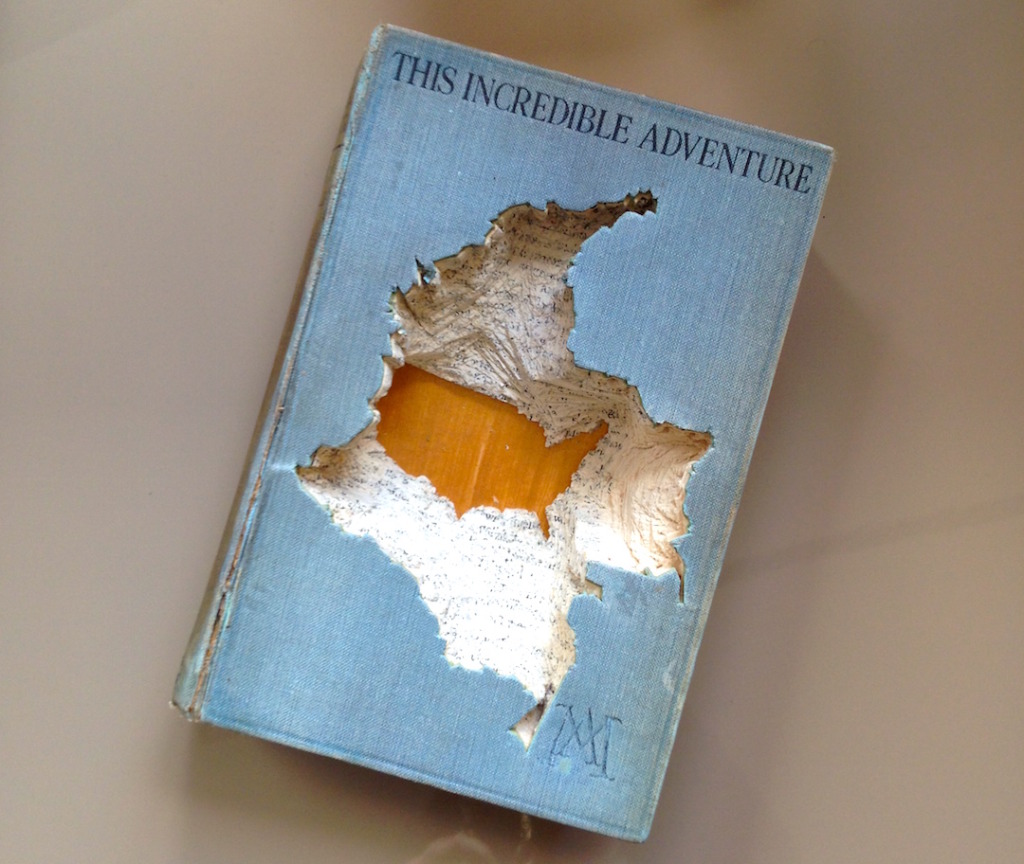
The Incredible Adventure, Carved book, Private collection, Bogota, Colombia, Photograph by Katy Hamer, 2014
As we approach the start of a busy season for art fairs, Art Basel Miami Beach opening this week and closing out 2014, I want to back pedal a bit to the recent edition of ARTBO overseen by Director Maria Paz Gaviria Muñoz. In its tenth year, ARTBO once again took the Colombian capital by storm welcoming 30,000 visitors, 5,000 more than the previous year and 11,000 more than 2012. On opening night gallerists armed their respective booths first for the multitude of VIPs and international press before opening to the public. ARTBO is not just about an art fair, it is also very much about Bogotá as a developing city. Change is all around the urban center and is evident even from just one year ago. New architecture decorates the horizon along with shops and boutiques, signs not just of spatial growth but economic growth too. All the more reason to have an art fair, where local collectors and those from South America, Europe and the United States, can gather to see larger offerings by artists based in Bogotá and beyond. Colombia has experienced difficult times in a recent past but is on an upswing with global companies relocating to its main cities, opening branches. In its tenth year, ARTBO was held in a large convention hall, conveniently in the center of the city.
The fair and respective galleries are divided into various sections including the Sección Principal (Main Section), Proyectos (Projects), Referentes (Reference), Artecámara Artists, Libro de Artista (Artist Books) and a Foro (Forum) for discussion. Several who were featured in emerging sections last year had moved to the coveted main section, including New York based Y Gallery and Johannes Vogt Gallery. Before ARTBO even officially opened, the city was full of art world visitors being shuttled around in white über vans, attending openings at museums, galleries and visiting the homes of local, private collectors. When it was time to go to the fair, some of the artists names were already somewhat familiar, having work in the homes of many private, local collectors. Witnessing first hand the symbiotic relationship between the collectors and the artists is always a promising sign.
In Proyectos, curated by José Roca the first booth to welcome visitors was Barcelona based Galería Senda with an installation by American artist Peter Halley. The booth was colorful and immersive with a wallpaper surface and bright, geometric paintings by Halley. The paintings were by far, the most successful (and possibly most established artist) serving the purpose of offering a dynamic visual experience for the viewer and an installation that could be recreated by a collector. Other successful booths in this section included Cristina Grajales Gallery (New York) showing Sebastián Errázuriz, Galería Moisés Pérez de Albéniz (Madrid) showing Ana Laura Aláez and Luciana Brito Galeria (Sâo Paolo) exhibiting the Mexican artist Héctor Zamora.
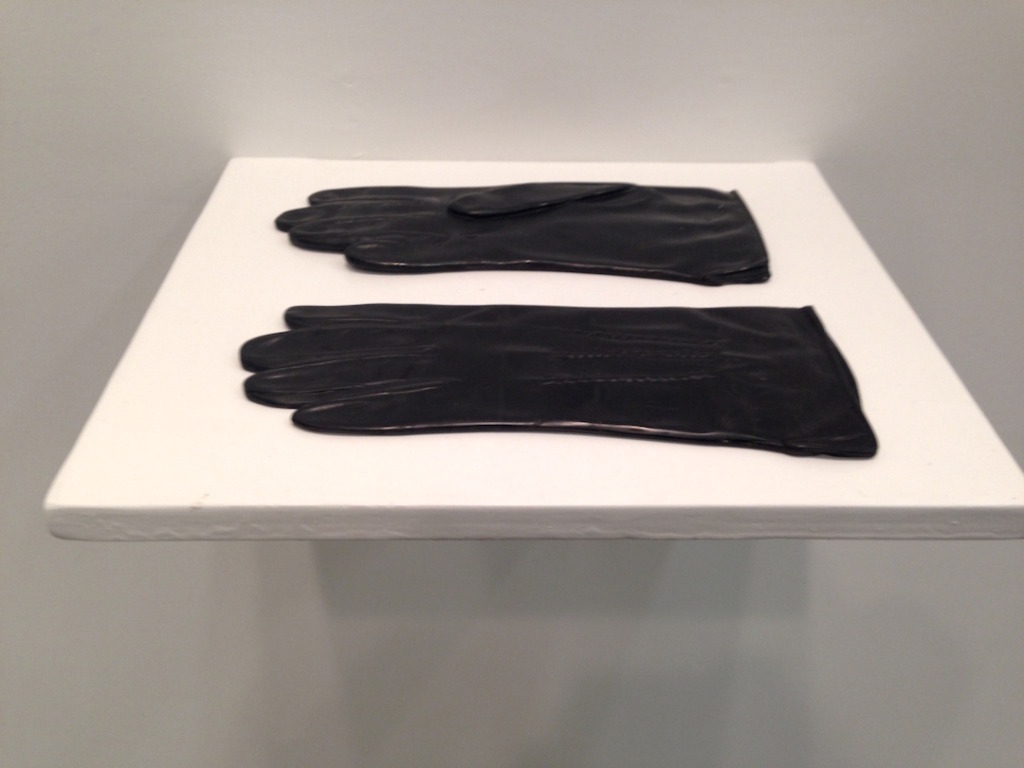
Alejandra Prieto, “To Handle”, 2010, Charcoal, Installation view, ARTBO, 2014, Photograph by Katy Hamer
Just beyond Proyectos, was Artecámara Artists, selections of younger, emergent artists many who are still without gallery representation. This section felt the least like what one might expect to find in an art fair. The works were installed in various areas, some in what felt like booths, while others, specifically video or projected work, were shown in dimly lit rooms. Promoting their works, or just offering a smile, many of the artists were present but some weren’t. In the case of the latter, where an artist wasn’t present, this section was unfortunately the most confusing because many of the delegated galleries weren’t labeled with names or captions. Curated by Jaime Cerón the chosen artists were varied and of higher quality than those who were shown last year, including artist Leonardo Ramos in Bogotá. Ramos’ most successful pieces in his installation were sculptures, dense and solid, organically layered with honeycomb. He places the object-whether an animal skull or wooden puppet-in the vicinity of bees who find ways to construct their geometric forms inside and around his shapes. Less successful was a collage on paper with some original content and unauthorized appropriated content from an artist who I know and will remain nameless here. Artecámara Artists almost functions as a polished studio visit, a treat for those visiting a fair seeking a lower price, but in many cases can feel less developed or sophisticated.
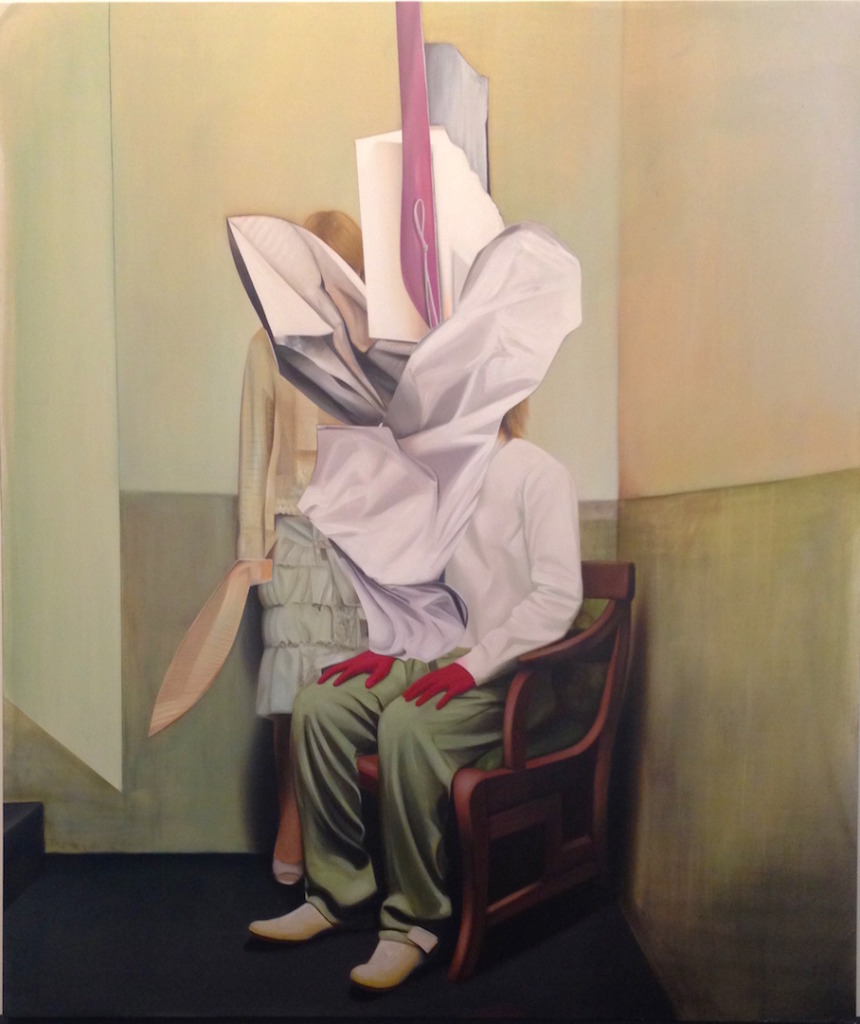
Fabrizio Arietta, Acrylic on canvas, Diablo Rosso, Panema, Installation at ARTBO, 2014, Photograph by Katy Hamer
In the Sección Principal many of the galleries were showing non-narrative photography and painting. Abstraction is or can be easy to live with and presented at a medium format, does not require much space. Often a good strategy for a gallery to (adhere to/abide by), it is still invigorating to go to an art fair with hopes of discovering something new or outside the conceptual norm. Many of the galleries displayed really strong selections from their respective programs while others seemed to play it safe. Stand-outs from the Main Section included NoMíNIMO from Guayaquil, Ecuador, local Bogotá gallery Instituto de Visión, Peruvian Galeria Lucia de la Puente, Galeria Elba Benítez from Madrid and Diablo Rosso in Ciudad de Panamá, Panamá. Each showcasing art with content beyond the initial visual interpretation, resulting in a type of voluntary task for the viewer. This is something that I not only seek out but relish, not wanting contemporary art to be easy but rather a semiotic novel that one must decipher over time. A great example of this was a deceptively simple installation by Daniel Santiago Salguero at Instituto De Vision. Salguero references environment and time -our place/us- in the present. His was one of the best in the reinterpretation of historical content, by a contemporary gesture. While not necessarily a grab and go type of artwork, it communicates to the collector who may have similar questions of his or her own.

Daniel Santiago Salguero, Instituto De Vision, Colombia, Installation view, ARTBO, 2014, Photograph by Katy Hamer
ARTBO, while undoubtedly a commercial venture, is also about the blossoming spirit of a city. It facilitates the sojourn of a larger, global audience and like a peacock fanning it’s feathers, proudly expands into pockets of contemporary art throughout the city. Guests are encouraged to visit the Museo del Oro, which hosts solid Colombian gold in forms ranging from death masks to elaborate body jewelry. Bogotá is expanding beyond its own borders, and if ARTBO is an excuse to visit, it’s a good excuse at that.

German Botero, “Tronco” 2014, El Bosque Intervenido La Vision Del Bosque, Botanic Gardens, Bogota, Photograph by Katy Hamer
More soon!
xo

